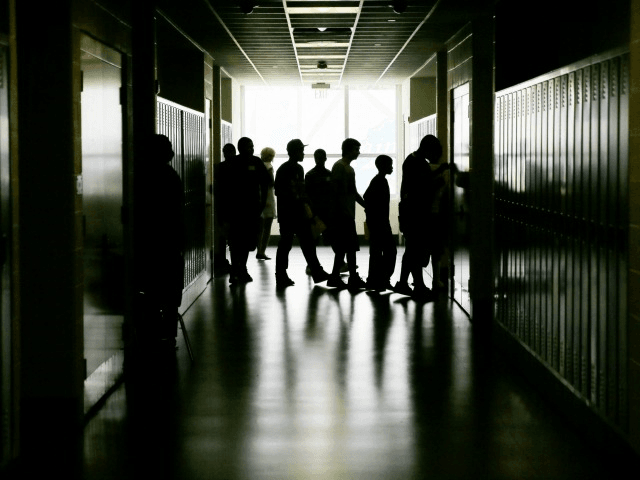The number of college students labeled with depression, anxiety, and other psychological problems is increasing, leading colleges and universities to provider a greater number of special accommodations for them.
According to a report in the Wall Street Journal, as many as 25 percent of students enrolled in elite colleges are now classified as depressed, anxious, attention-impaired, and other labels that, under federal law, entitle them to special learning accommodations. Some students are labeled with more than one disability.
A simple note from a doctor allows a student to be classified as “disabled” and requires a school to provide the accommodations that correspond to his or her “disability.” An accommodation can be additional time to take an exam, seating preference in classrooms, permission to bring an animal to school for comfort, or other methods considered to optimize learning.
For example, at Pomona College in Claremont, California – a school that tied for the number six ranking in National Liberal Arts Colleges at U.S. News’s Best Colleges – 22 percent of students were classified as “disabled” this academic year, an increase of five percent since 2014.
“At Pomona, we have extremely talented bright students with very high expectations who are coming in with a good level of anxiety and are highly stressed,” said Jan Collins-Eaglin, Pomona’s associate dean of students for personal success and wellness. “Our job here is to help them really thrive.”
According to data from UCLA’s Higher Education Research Institute accessed by the Journal, “among the 100 four-year, not-for-profit colleges with the highest percentage of disabled students, 93 are private” schools.
Public schools, however, also saw an average hike of 71 percent in the number of students requiring special accommodations among 22 flagship state schools.
A number of professors are unsure about the fairness of some of the special accommodations, such as extra time to take an exam, provided for students classified as “disabled.”
“If you grade on a curve, does it disadvantage the rest of the class?” asks Ari Trachtenberg, a professor of electrical and computer engineering at Boston University. “There’s no calibration between how much extra time they want me to give and any sense how that would actually affect the exam.”
Miriam Kurtzig Freedman, an attorney who has represented public schools in special-education and disability cases, told the Journal that extended time to take an exam is “like lowering the basket from 10 feet to eight feet; you’re changing the game.”
“The reason we pay all this money for the test is so that we can compare someone from South Dakota to someone from California,” she added. “If the test is no longer standardized, then what are we paying for?”
The number of students labeled with Attention Deficit Disorder has also risen, requiring increasing accommodations – in some cases, private testing rooms – for “low-distraction environments.”
The Journal notes:
At the University of Kentucky, a dozen students at [a] time took finals inside cubicles in a room in the testing facility with carpeted floors and dim lights. Blue painter’s tape covered door latches so they open and close silently. Students being tested on computers each sat in a private room so the clickety-clack of the keyboards wouldn’t disturb classmates. The facility administered 7,827 tests in 2016-17, up from 853 in 2007-08.
“We’re seeing a lot more requests for private rooms,” said David Beach, director of the school’s disability resource center.
Similarly, last year at the College Board, which administers the SAT and PSAT, 94 percent of requests for accommodations such as extra time were approved. Within the last seven years, these requests have risen 171 percent and the number of exam-takers jumped 22 percent.
“If I have anxiety and get panic attacks during exams, extended time will give me a chance to check in with myself and calm myself down,” said Monique Burgdorf, assistant dean of students and interim director of disability resources at Oberlin College.
Education Dive observes schools are concerned about the outcomes of students requiring accommodations, “and if the cost-benefit ratio is mutually beneficial to both student and institution.”
In November, the Hechinger Report noted, for example, that most college students labeled with a “disability” never graduate. Federal data show approximately one-third of students classified as “disabled” and enrolled in a four-year school graduate within eight years.

COMMENTS
Please let us know if you're having issues with commenting.